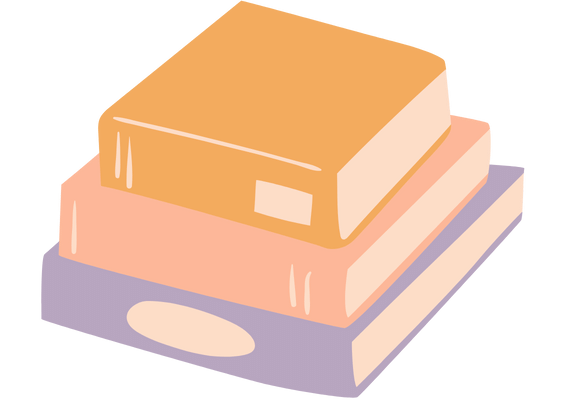A Study Of Fauvism
Fauvism
Artists began the 20th century five years too late. Although it started five years late, the art was already decades ahead of time. Modern art was the only thing “modern” in 1905. The century would remain the same. Many people are still unable to grasp the new art created in 1905 – over 70 years ago.
Paris held its first “modernist” art exhibition in 1905. Hentri Mattisse, a famous artist of the twentieth century was also exhibited. Matisse was joined by artists such as Maurice de Vlaminck and Georges Rouault. These artists’ works hang in many museums today, but they were not famous in 1905. Publicly, these artists were despised. Their works were so shockingly bad that a newspaper reviewer called them “Fauves,” meaning “wild creatures.” This became a name that stuck for all the artists that participated in this 1905 show.
Matisse and Vlaminck were given the title “Fauve”, despite not working with a shared principle. As the years went by, their art evolved. Paintings created at various stages of a career are very different. The name remained. Still, the name “Fauve”, was used. The Fauve movement, which was started by these pioneering artists in the 20th century, is the first art movement of this century.
TheoryThe fauves lacked a unifying theory of art. This was perhaps necessary for this century’s pioneering movements. They had one fundamental theory: experimentation. The French Public of 1905 was shocked by this. It was a form of art so avant-garde that visitors to galleries had never seen it before. Fauve art doesn’t seem so radical today. Because their experimentation-driven approach became the basis for most twentieth-century movements, they are responsible for this. The experimentation of art is the discovery of new forms and styles. It could be the theory that guides the various art projects presented in this guide. The original fauve principles were used.
The experiments of most 20th-century art movements, however, were governed by new theories. Henri Matisse is the most important Fauve thinker. His ideas were followed by many colleagues, and many art movements of the 20th century were inspired by his thinking. Matisse is a good place to start if you want to learn about Fauve Art. There is no better way to develop your own artistic style. Matisse’s own words about art.
I am most interested in expression. However, this does not mean that the expression is the same as what a human’s face shows. My painting’s composition is expressive. Everything in my painting has a purpose.
Georges Roualt was the exception. Most Fauve painters, except for him, followed Matisse’s lead and tried to express themselves through the whole painting. It’s not an easy goal. This goal is one that takes a lot of time and effort to achieve. Matisse’s art can be used to understand Fauve Expression in Art.
Matisse used line to express himself. Matisse simplified the lines in his artwork. To do this, he eliminated unnecessary lines from his work and used only the most essential. These are the lines which define the form of his subject, and not the details. He didn’t care about linear details. Shortly, he simplified the drawing. A simplified drawing does not automatically translate into expressive art. Simplifying can be as simple as a disjointed, unorganized sketch. It is necessary to do more. Matisse’s Fauve friends achieved this by creating rhythmic line. Ses lines are easy-going, curved and twisted like a tune.
The Dance, for example, is an excellent example of Matisse’s expressive line work. Dance requires beautiful rhythmic lines. He eliminated details. He eliminated details.
They also used color to express themselves. They understood the importance of color in painting. The subject matter was not dominant in their view. They didn’t let realism dictate their color choices. The color was allowed to stand alone. Fauves intensified colors by using vibrant flesh colors and pinks, oranges, or reds on faces. They used vibrant colors to create shadows. Matisse painted green stripes down the portrait of his wife in one of his most famous paintings. Matisse chose green as it contrasted the most with the reddish tones of the painting. The color is the first thing you notice in such a painting.
A bold use does not mean that you should color blindly. This is a situation where you should be extra careful when it comes to color. If a realistic painter uses poor color, he can claim that his colors are only a copy of the subject’s bad coloring. Fauves artists could not claim this. They chose to use bold colors, so they needed to be very sensitive about the color choices they made. Fauve artwork is so important because of its use of color. Color is a key element in Fauve art.
You’ll also become more aware of how you use line. You will be more adventurous when you approach art like Fauve. As Matisse did, you will use color and lines to express your creativity. You will simplify your line and make it more colorful than realist art. You will give your lines beauty and expression by giving them grace and rhythm. You’ll be able to create beautiful colors by treating them with intelligence and sensitivity. Fauve’s approach to painting was similar.
